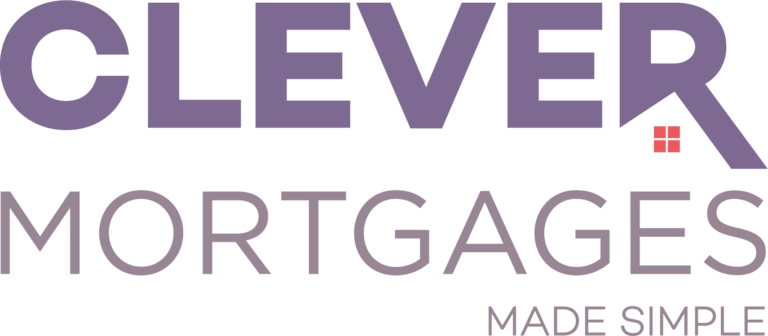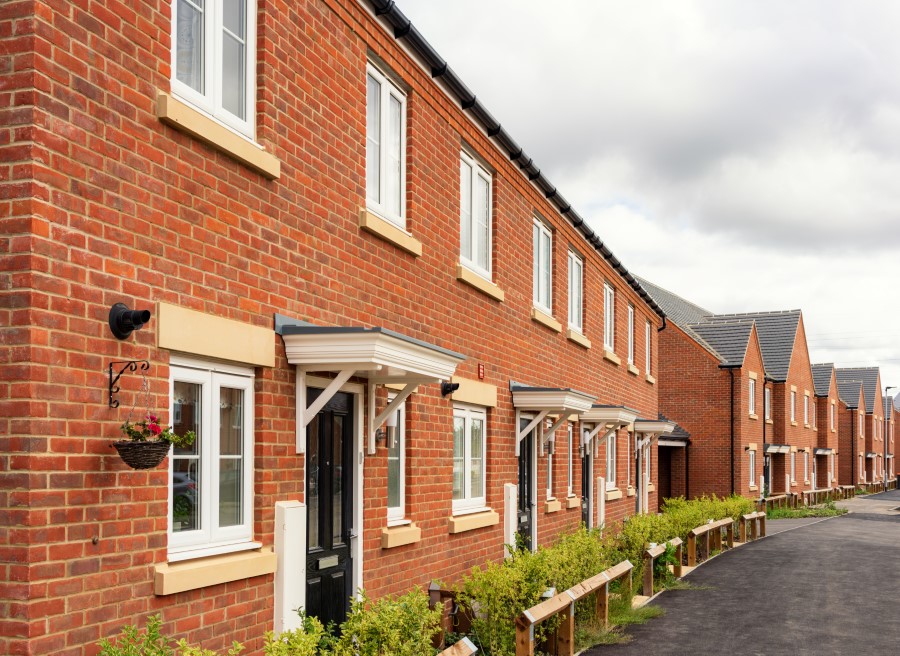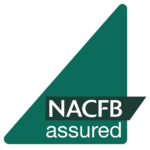Home Purchase Schemes
Many people dream of owning their own property. If you read the headlines nowadays, it’s easy to assume it is harder than ever to make that dream a reality. There are certainly challenges, yet you might be surprised to learn how many home purchase schemes are now available.
These schemes are designed to put home ownership within reach of more people than ever before. If you want to buy your own home, we hope this guide will help you understand how each scheme works, while giving you an idea of whether you might be eligible for one or more of them.
Government-backed home purchase schemes in England
If you live elsewhere in the UK, don’t worry – there are still a series of similar schemes available for those in Scotland, Wales, and Northern Ireland. You should visit the official government website for your country to learn more about those.
Here, though, is the current list of schemes you may be eligible for if you’re in England. Remember that your circumstances, earnings, and location could affect the number of schemes you may be able to take advantage of.
Deposit requirements
Finding a deposit to put towards the purchase of a home is one of the most difficult parts of attaining home ownership. According to Land Registry data, house prices for August 2021 were 2.9% higher than the previous month. Even more striking was the rise of 10.6% compared with the same time in 2020.
Given this fact, it’s obviously easier to find enough to make a 5% deposit than to find 10% or even more. Hence why the government has created a number of mortgage schemes to help you.
The mortgage guarantee scheme
This scheme was launched, as during the COVID pandemic, most lenders withdrew from the 95% loan to value mortgage market, lenders didn’t want the risk of lending to someone with a 5% deposit in an uncertain market.
The guarantee is between the government and the lender, so you’re not involved in that part of the process. It just means the government would cover some of the lender’s losses in the event of repossession. You are still responsible for the full mortgage payments each month and in the event of repossession, would have to cover any shortfalls once the property is sold.
The scheme, backed by the Government, gave lenders confidence to lend at 95% of the property’s value with the customer putting down 5% as a deposit.
At the time of writing, the Mortgage Guarantee Scheme runs until 31 December 2022.
Key Facts
- This mortgage guarantee scheme is available on properties costing up to £600,000
- It means a buyer must find a 5% deposit
- It’s available for first time buyers and those looking to move home
- Lenders taking part in the scheme are offering 95% loan-to-value (LTV) mortgages
- The property doesn’t have to be a new build.
It’s worth remembering that some lenders are offering 95% mortgages that are not linked to this government scheme. It’s therefore still worth exploring the wider marketplace for mortgages. That’s something our mortgage advisors can help you with.
There is no charge to participate in the scheme, but you do need to remember the interest rate is going to vary from one mortgage to another, just as it would in any other scenario.
From your point of view, it simply means there could be more options than you’d otherwise be able to choose from with a 5% deposit.
Help to Buy Scheme : Equity loan
This scheme is only available to first time buyers, if you’re buying a home with someone else, you must both be first time buyers. You will need your own deposit of 5% of the property purchase price. You will borrow 20% (40% in London) of the purchase price from the Government as an Equity Loan.
You must be buying a new build property from a Help to Buy registered builder. There are different property price caps depending on which part of the country you are buying in.
Once you’ve reserved a property, you need to apply online through the Help to Buy agent for that area. Once you’ve passed the eligibility you will get an Authority to Proceed and then you can apply for a mortgage.
The mortgage advisers at Clever Mortgages can help assess your affordability and borrowing requirements before you look for a property.
At the time of writing, the Help to Buy Scheme runs until March 2023.
Key Facts
for purchases in England (not London):
- You’ll need to provide a minimum 5% deposit
- The Government Equity Loan will be up to 20% of the purchase price
- This would mean a 75% Loan to value mortgage
- For example, you buy a house for £200,000
- £10,000 you need as a deposit
- £40,000 is the Government Equity Loan
- £150,000 mortgage is needed
Key Facts
for London purchases:
- You’ll need to provide a minimum 5% deposit
- The Government Equity Loan will be up to 40% of the purchase price
- This would mean a minimum 55% Loan to value mortgage
- For example, you buy a house for £600,000
- £30,000 you need as a deposit
- £240,000 is the Government Equity Loan
- £330,000 mortgage is needed
The equity loan is interest free for the first five years. Thereafter, monthly interest only payments become due. You will only be paying the loan interest with these payments, the original amount borrowed won’t reduce.
You can repay the original Equity Loan balance in one lump sum or in series of payments. To reduce the original balance, you can pay 10% of the value of the property at the time of the repayment and you have to pay in 10% multiples.
You need to clear the equity loan on or before the time you pay off the repayment mortgage for the rest of the property. You’ll also need to repay it if you decide to move home for any reason. You could therefore do this when looking at a new remortgage or on sale of the property if there is enough equity.
First Home buyer scheme
This is another Home Purchase Scheme that requires a minimum deposit of just 5% of the purchase price of the property. The difference here is that it refers to the discounted property price. It also targets a limited audience of key workers and first-time buyers inside a local area. As such, those who may otherwise be priced out of the area stand a far better chance of being able to buy an affordable first home. The mortgage taken out must be for 50% or more of the purchase price.
To explain further, the First Homes scheme is aimed at a first-time buyer earning less than £80,000 per annum (increased to £90,000 for those in London).
Properties are capped in price at £420,000 in London and £250,000 across the rest of England. However, local authorities have the power to set a lower cap if they feel it is required. There may also be differences in how local authorities set key worker status and determine the connections someone has to the local area.
Key Facts
- Homes included in the scheme are discounted by at least 30% based on the usual market price
- Discount can vary between areas, with a maximum of 50% discount available in some cases
- Discount on qualifying homes is permanent, thereby allowing others to buy the homes more easily in future to get onto the housing ladder
- For key workers and first-time buyers inside a local area
If the scheme is available at new developments in your area, you must make sure you meet all criteria and then apply to the scheme via the builder. You’ll need to research plot availability from participating builders to make sure you don’t miss out.
Shared ownership Scheme
This scheme works by you purchasing a share of a property, normally between 10% and 75% and renting the remainder from the housing association. The property can be a new build or an existing property, both through the housing association. Much like Help to Buy you need to contact the local agent to register for the scheme and a property.
There are some lenders that will lend you 100% of your share, but for more lending options, you’ll need a 5% deposit. For example, if you want to buy a £200,000 property and you want to buy 25% of it (£50,000), you may need a £2,500 (5%) deposit.
Key Facts
- Your property share must be between 10% and 75% of the property value
- You’d have a mortgage on that share and pay rent on the remainder
- Household income must be £90,000 per annum or less in London (£80,000 or less for the rest of England)
- Available to first-time buyers, those already on a shared ownership scheme who wish to move, and those who once owned a property but came off the housing ladder and cannot afford to get back on
The property must be either a new build or one that has already been purchased as part of the programme and is now up for sale.
With this model, you can buy additional stakes in the property from the landlord whenever you are able to. The minimum amount to buy each time is just 1% of the property value.
Special note:
The government has recently made an announcement to launch a new scheme. The new model runs from 2021-26. The new scheme is expected to start in 2022.
One of the most notable changes is that the original model asked for a minimum 25% stake in the property, whereas the new model has reduced this to 10%. Availability could vary depending on where you live.
Right to Buy Scheme
Are you a council tenant living somewhere in England? If so, you might be able to buy your rented property at a discount. Even if you rent from a landlord rather than the council, you may still be eligible if you were a council tenant when the sale was made. Check your tenancy agreement to see if it says that you are a secure tenant.
Single renters can apply if they are eligible, as can those who have a joint tenancy agreement. You might also apply with your spouse or civil partner if relevant.
You can check eligibility here
Key Facts
- You don’t always need your own deposit
- Current maximum property discount is £84,600 for properties in England (not London)
- Current maximum property discount is £112,800 in London
- Available to secure council tenants with a minimum of three years total renting a public sector property, i.e., this could be a continuous three-year period or separate periods that add up to at least three years
- You must fully rent your home and have no share of ownership in it
If you’ve rented your Council property for between three and five years, you can get 35% discount on the value if you’re in a house. This rises to 50% for a flat. If you’ve lived there for six or more years, an additional 1% is added per annum for a house. This increases to 2% per annum for a flat.
The maximum discount is 70% or the property discount figure for the property for the current year, whichever is lower. So, while there is a cap on this, you could take advantage of being able to buy your council property at a much lower price than if you tried to buy another property.
It’s important to note that if you have an undischarged bankruptcy or a current Individual Voluntary Arrangement (IVA), the scheme won’t be available to you. However, once these are settled, we can look at options for you.
To apply, you can either download the RTB1 application form or complete it online. You need to provide full details of your current and previous tenancies, along with information on any improvements you have made to the property you now wish to buy.
First time buyer stamp duty relief
Stamp Duty Land Tax (commonly referred to merely as Stamp Duty) is paid on every property purchase in England.
Rates differ according to whether you are a first-time buyer, or you are moving from your current property and buying another one. The government has made it easier for first time buyers to save money and take advantage of stamp duty relief on their property purchase.
Key Facts
- First time property purchases of up to £300,000 incur no stamp duty
- For properties worth more than this, 5% duty is incurred on the part between £300,001 up to £500,000
- If the property price is over £500,000, you get no relief and need to follow the same rules as those that have bought a home before.
So, if you buy your first property for £350,000, you’d pay 5% stamp duty on £49,999. This is the portion of the price above the £300,000 threshold for zero stamp duty, so you don’t pay the amount on the whole purchase price.
Since the average house price in England was £267,000 at the beginning of 2021, it means that many people won’t pay any Stamp Duty when buying their first home.
If you are considering the government schemes to help you buy your first property, you could take advantage of stamp duty relief even if you can also participate in another scheme. For instance, if you find a suitable 95% deal in the mortgage guarantee scheme, buying a property worth just under £300,000, you will also benefit from paying no stamp duty.
Deposit Unlock scheme
This is a new scheme, started by the Home Builders Federation, works much like the mortgage guarantee scheme, but instead of the Government covering some of the risk for the lender, the housebuilder is doing so.
This very new scheme is only being offered by a small number of lenders, but more are expected to sign up soon. Early indication is that you would need a 5% deposit of the purchase price and therefore a 95% mortgage from a lender.
House builders are starting to come on board, but its not yet clear if they will offer the scheme across all sites or a select few to start.
Key Facts
- Only applicable to new build properties
- Maximum property value is expected to be £750,000
- You only need a 5% deposit
- First time buyers and those looking to move home can use the scheme
How to work out which scheme might be best for you
It’s encouraging to find so many government-backed schemes available for those looking to buy their own home. However, the choices can seem overwhelming too – there’s a lot of information for you to take in. It could be you’ve seen one stand-out that makes the most sense for you. Conversely, there might be a couple of possibilities, and you’re now wondering which one would be financially easier (and perhaps more cost effective) to achieve.
This is where our mortgage advisers could help you. Clever Mortgages has been able to help many people achieve the dream of owning their own home. We can go through your circumstances with you and discuss the possibility of getting a mortgage through one of these schemes.
There is no obligation to proceed with us, and you can take advantage of our experience and knowledge of the mortgage industry. We could connect you with a lender who may be more likely to accept your application than others.
Get in touch now – remember, it’s free to call and have a friendly chat with an expert who can help on 0330 232 0285. Alternatively, if it works better for you, complete our simple online form and request a callback. You can even pick a time if it suits!
YOUR HOME MAY BE REPOSSESSED IF YOU DO NOT KEEP UP REPAYMENTS ON YOUR MORTGAGE.
We’re here to help
The Clever Mortgages team is always here for you. You can always ring us free on 0330 232 0285 to talk to one of our mortgage advisers, who can give you an idea of the amount you may be able to borrow.
We’ll go through each of the schemes in turn below, so you can read through the basics to get a feel for what’s available. Then you can chat with us to narrow the field and see whether one scheme might be more suitable than another.



